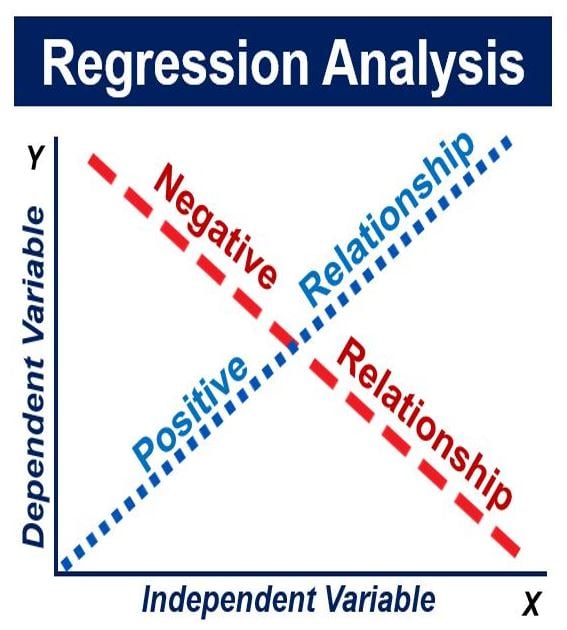
Global Epidemics and Pandemics
1.
AMERICAN POLIO EPIDEMIC: 1916
A doctor and two nurses tend to
children suffering from paralysis due to the 1916 polio epidemic in Beacon, New
York
A polio epidemic that started in New York City caused 27,000 cases and 6,000 deaths in the United States. The disease mainly affects children and sometimes leaves survivors with permanent disabilities.
Polio epidemics occurred sporadically in the United States until the Salk vaccine was developed in 1954. As the vaccine became widely available, cases in the United States declined. The last polio case in the United States was reported in 1979. Worldwide vaccination efforts have greatly reduced the disease, although it is not yet completely eradicated.
2.
SPANISH FLU: 1918-1920
Emergency hospital during influenza
epidemic, Camp Funston, Kansas.
An estimated 500 million people from the South Seas to the North Pole fell victim to Spanish Flu. One-fifth of those died, with some indigenous communities pushed to the brink of extinction. The flu's spread and lethality was enhanced by the cramped conditions of soldiers and poor wartime nutrition that many people were experiencing during World War I.
Despite the name Spanish Flu, the disease likely did not start in Spain. Spain was a neutral nation during the war and did not enforce strict censorship of its press, which could therefore freely publish early accounts of the illness. As a result, people falsely believed the illness was specific to Spain, and the name Spanish Flu stuck.
3.
ASIAN FLU: 1957-1958
Chickens being tested for the avian
flu. An outbreak of the avian flu killed 1 million people in the late
1950s.
The Asian Flu pandemic was another global showing for influenza. With its roots in China, the disease claimed more than 1 million lives. The virus that caused the pandemic was a blend of avian flu viruses.
The Centers for Disease Control and Prevention(opens in new tab) notes that the disease spread rapidly and was reported in Singapore in February 1957, Hong Kong in April 1957, and the coastal cities of the United States in the summer of 1957. The total death toll was more than 1.1 million worldwide, with 116,000 deaths occurring in the United States.
4. AIDS PANDEMIC AND EPIDEMIC: 1981-PRESENT DAY
AIDS became a global pandemic in
the 1980s and continues as an epidemic in certain parts of the world.
AIDS has claimed an estimated 35 million lives since it was first identified. HIV, which is the virus that causes AIDS, likely developed from a chimpanzee virus that transferred to humans in West Africa in the 1920s. The virus made its way around the world, and AIDS was a pandemic by the late 20th century. Now, about 64% of the estimated 40 million living with human immunodeficiency virus (HIV) live in sub-Saharan Africa.
For decades, the disease had no known cure, but medication developed in the 1990s now allows people with the disease to experience a normal life span with regular treatment. Even more encouraging, two people have been cured of HIV as of early 2020.
5.
H1N1 SWINE FLU PANDEMIC: 2009-2010
A nurse walking by a triage tent
set up outside of the emergency room at Sutter Delta Medical Center in Antioch,
California on April 30, 2009. The hospital was preparing for a potential flood
of patients worried they might have swine flu.
The 2009 swine flu pandemic was caused by a new strain of H1N1 that originated in Mexico in the spring of 2009 before spreading to the rest of the world. In one year, the virus infected as many as 1.4 billion people across the globe and killed between 151,700 and 575,400 people, according to the CDC
The 2009 flu pandemic primarily affected children and young adults, and 80% of the deaths were in people younger than 65, the CDC reported. That was unusual, considering that most strains of flu viruses, including those that cause seasonal flu, cause the highest percentage of deaths in people ages 65 and older.
But in the case of the swine flu, older people seemed to have already built up enough immunity to the group of viruses that H1N1 belongs to, so weren't affected as much. A vaccine for the H1N1 virus that caused the swine flu is now included in the annual flu vaccine.
6.
WEST AFRICAN EBOLA EPIDEMIC: 2014-2016
Health care workers put on
protective gear before entering an Ebola treatment unit in Liberia during the
2014 Ebola outbreak.
Ebola ravaged West Africa between 2014 and 2016, with 28,600 reported cases and 11,325 deaths. The first case to be reported was in Guinea in December 2013, then the disease quickly spread to Liberia and Sierra Leone. The bulk of the cases and deaths occurred in those three countries. A smaller number of cases occurred in Nigeria, Mali, Senegal, the United States and Europe, the Centers for Disease Control and Prevention (opens in new tab) reported.
There is no cure for Ebola, although efforts at finding a vaccine are ongoing. The first known cases of Ebola occurred in Sudan and the Democratic Republic of Congo in 1976, and the virus may have originated in bats.
7.
ZIKA VIRUS EPIDEMIC: 2015-PRESENT DAY
A worker sprays pesticide to kill
mosquitoes that carry the Zika virus. Zika is most prevalent in the
tropics.
The impact of the recent Zika epidemic in South America and Central America won't be known for several years. In the meantime, scientists face a race against time to bring the virus under control. The Zika virus is usually spread through mosquitoes of the Aedes genus, although it can also be sexually transmitted in humans.
While Zika is usually not harmful to adults or children, it can attack infants who are still in the womb and cause birth defects. The type of mosquitoes that carry Zika flourish best in warm, humid climates, making South America, Central America and parts of the southern United States prime areas for the virus to flourish.
8.
COVID-19 PANDEMIC: 2019-PRESENT DAY
The ongoing COVID-19 pandemic, driven by the novel coronavirus SARS-CoV-2, may be the world's deadliest viral outbreak in more than a century. From the virus' initial detection in December 2019 to mid-December 2020, the pathogen infected at least 75 million people and caused 1.6 million deaths, Live Science previously reported. As of Sept. 2021, COVID-19 had killed more people in the U.S. than the so-called Spanish flu did during the 1918 flu pandemic.
That said, in total, the 1918
pandemic claimed more than 50 million lives worldwide, out of a global
population of roughly 1.8 billion people; the death toll was high, in part,
because no vaccines were available at the time and doctors lacked antibiotics
to treat secondary bacterial infections. By comparison, today's global
population is nearly 8 billion, and as of mid-August 2022, about 6.4 million
people had died of COVID-19, although the reported number of confirmed deaths
is likely lower than the true total.











